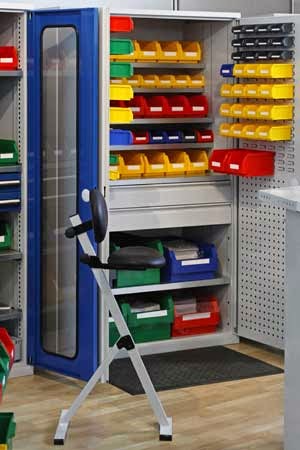A busy individual is often
bewildered by the lack of organization when it comes to their busy schedule.
They invest in a variety of hi-tech devices to organize their daily agendas,
only to discover these devices can't predict interruptions or unexpected events
that sideline organized schedules.
What individuals need in order to create an effective schedule is flexibility. Without a certain level of flexibility, interruptions and the unexpected can inhibit the ability to design and implement an organized schedule and an organized life.
Think of Time as a Choreographed Dance Routine
What individuals need in order to create an effective schedule is flexibility. Without a certain level of flexibility, interruptions and the unexpected can inhibit the ability to design and implement an organized schedule and an organized life.
Think of Time as a Choreographed Dance Routine
Time is one of the elements that
play an immense role in organizing a busy schedule. Learning to think in
"blocks" of time is one way to reshape disorganization.
If a busy schedule was a dance routine, what tempo would it be in? Waltz? Jive? Salsa? This emphasizes how individuals use their time. By creating a busy schedule in blocks of time, individuals learn the art of compartmentalization. Compartmentalizing daily activities is similar to blocking a dance routine. One step in the wrong direction and timing is off and all attempts at recouping organization fail. Choose the tempo of your busy schedule first. This helps smooth out any of the obstacles that manage to get in the way of a well-organized day.
Next, block each segment of your busy schedule. For example, one block may be relegated to one-quarter of the morning hours where your personal needs fall into a pattern. For example, shower, dress, and tend to basic duties before leaving for the office.
Prioritize to Organize
If a busy schedule was a dance routine, what tempo would it be in? Waltz? Jive? Salsa? This emphasizes how individuals use their time. By creating a busy schedule in blocks of time, individuals learn the art of compartmentalization. Compartmentalizing daily activities is similar to blocking a dance routine. One step in the wrong direction and timing is off and all attempts at recouping organization fail. Choose the tempo of your busy schedule first. This helps smooth out any of the obstacles that manage to get in the way of a well-organized day.
Next, block each segment of your busy schedule. For example, one block may be relegated to one-quarter of the morning hours where your personal needs fall into a pattern. For example, shower, dress, and tend to basic duties before leaving for the office.
Prioritize to Organize
Once at your place of business, organize your thoughts in priority order for the second quarter of your day. This is perhaps the most important block of time. It's the hours when your direction needs maximum efficiency and effectiveness.
Prioritize reading your email and other correspondence. While prioritizing, judge which must have immediate attention and which can wait for a day or two. Avoid cluttering your busy schedule with unnecessary communications that are not imperative in this block of time.
Before the end of the second quarter of your now organized day, focus on your direction for the next quarter. By knowing the priorities of the second block of time, the third block of time is more effective and more organized. The end of each quarter block of time is like the end of a chapter of a book. It should accomplish more with each block of time.
The ESP Way to Organize
Some individuals forget they can and do possess a certain amount of ESP. These are keenly attuned people who can predict outcomes easily. For the sake of organization, this is a gift worth more than gold.
However, there is a simple way to predict certain outcomes of your busy schedule. Listen to the little voice warning you when time is wasted. Use your sense of vision to learn to "see" things in an orderly, organized fashion. For example, learn to "speed alphabetize" what you see in front of you. There actually is a defined pattern to clutter if you can learn to see "order."
Batch Work Organizational Skills
Professional organizers understand this one significant element of how they perform their jobs. By thinking "batch work" when organizing, less time is wasted. Back in the late 1970s and early 1980s, Japanese manufacturers implemented "batch manufacturing" techniques. The basic premise of this was to reduce costs, eliminate waste and perfect time by improving the way workers in the Toyota auto plants handled the duties of their jobs.
These ideas soon spread to other industries and were later known as "Quality Circles." The purpose of these techniques was to improve safety conditions for workers and increase their productivity by organizing the duties of their jobs. Employees everywhere learned to "batch" their work to avoid wasting time. First, the work was organized in order of priority. Then, it was batched with similar work for final completion.
Chemists learned to use these techniques with testing results in laboratories. Business offices learned to spot wasted time more easily and individuals became acutely aware of the gaps where their time had been wasted.
Examples of How to Organize a Busy Schedule
When a busy schedule includes daily meetings, interviewing and preparing multiple reports, batch each into a block of time. Try to schedule meetings and interviews in batches. Prepare reports in batches rather than individually.
Robert Mizrahi is the owner of Chaos Commandos, a professional organizing service for New York City, and Westchester and Fairfield Counties. Learn more about their services by visiting:
- http://www.nycorganizers.com/Home-Organizing/Home-Organizer.html
- http://www.nycorganizers.com/Office-Organizing/Office-Organizer.html






